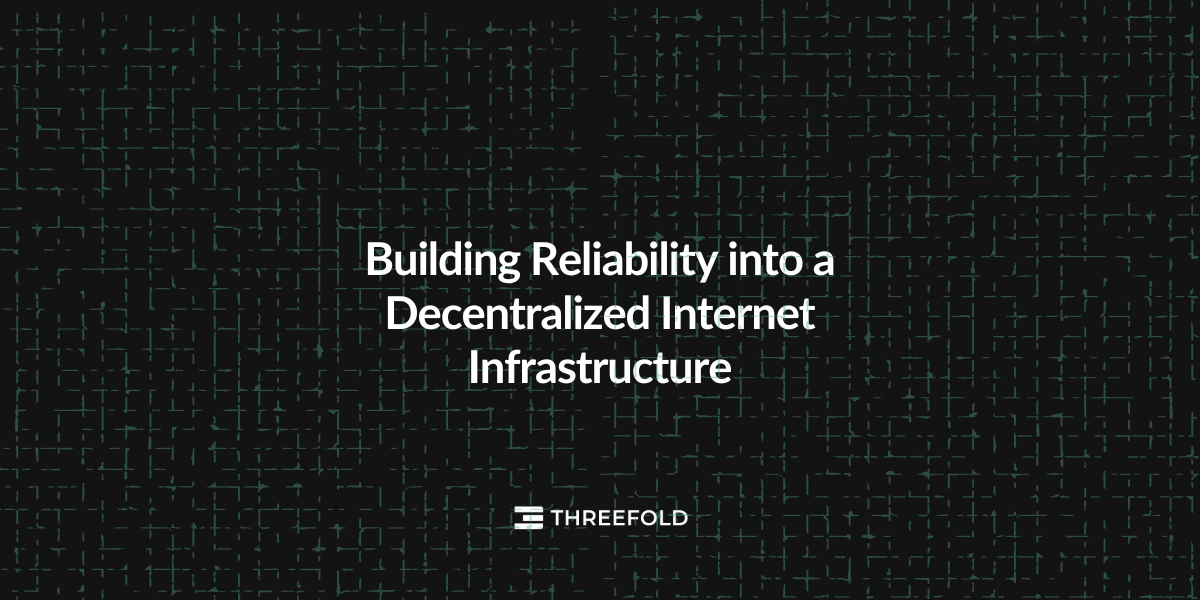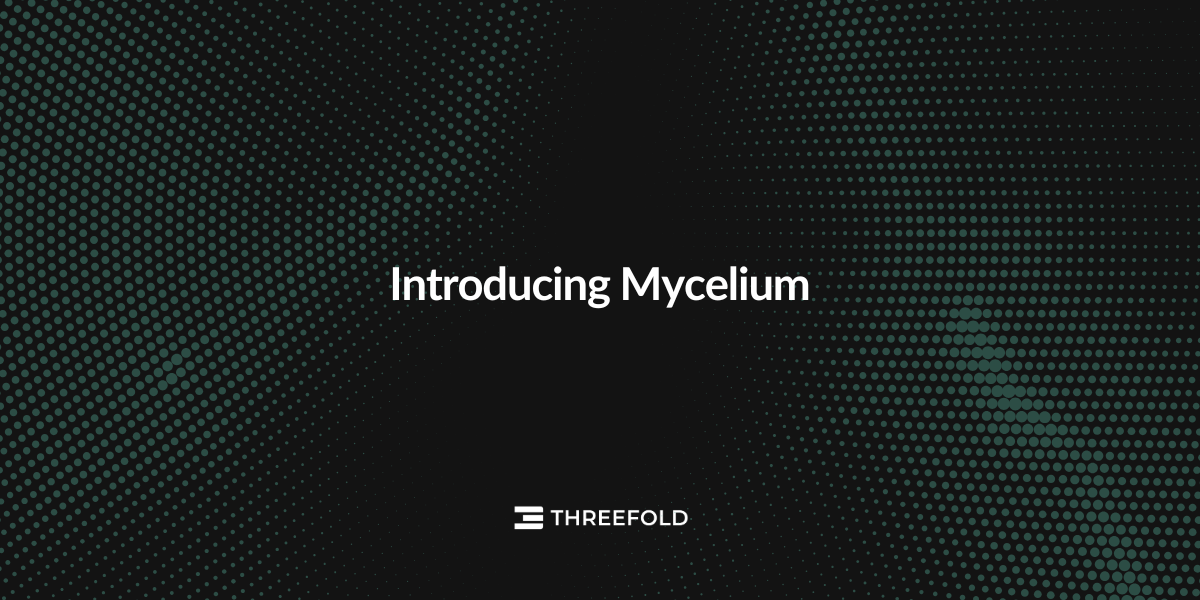In today’s digital landscape, the development of a decentralized open-source Internet infrastructure marks a significant leap forward. However, while the foundational structure of this innovation brings promise, its inherent reliability isn’t guaranteed. After more than five years of building and expanding the open-source ThreeFold Grid, it’s now time we pivot towards commercialization. Ensuring a robust, dependable, and trustworthy offering becomes paramount. In this post, we’ll share the various ways that the ThreeFold Grid is and will become reliable.
🔗Technical Redundancy
Our quantum safe storage ystem, coupled with replication, and web gateways, presents a pathway to achieve technical redundancy already. While these capabilities exist, we admit that at this time it is too complex for a starting user. Making this easier through refined tooling and a strong user experience will be imperative in order to allow a wide audience to take advantage here.
🔗ThreeFold Cloud
Our upcoming commercial offering, TF Cloud, will bolster reliability and trustworthiness. Through TF Cloud, we will need to provide comprehensive service, robust support, service level agreements (SLAs), and streamlined payment methods, including credit card options. The development of user-friendly tooling will significantly simplify and easen the process as well, enabling users to deploy and maintain reliable workloads effortlessly.
🔗Farming Pools
The introduction of farming pools in TF Grid 4.x will play an important role in fostering reliability as well. These pools not only contribute to resource pooling but also offer visibility into the network’s participants. This transparency enhances trust and aids in identifying reliable contributors within a decentralized framework.
🔗Establishing Reputation and Transparency
Building a system that emphasizes reputation and complete visibility regarding service levels and uptimes is pivotal. By offering insights into each participant’s performance metrics, Grid users will be able to more effectively choose a trusted provider.
In essence, through a combination of technical and strategic advancements, our journey towards a dependable and trustworthy decentralized Internet infrastructure is underway, setting the stage for the next phase of ThreeFold.








